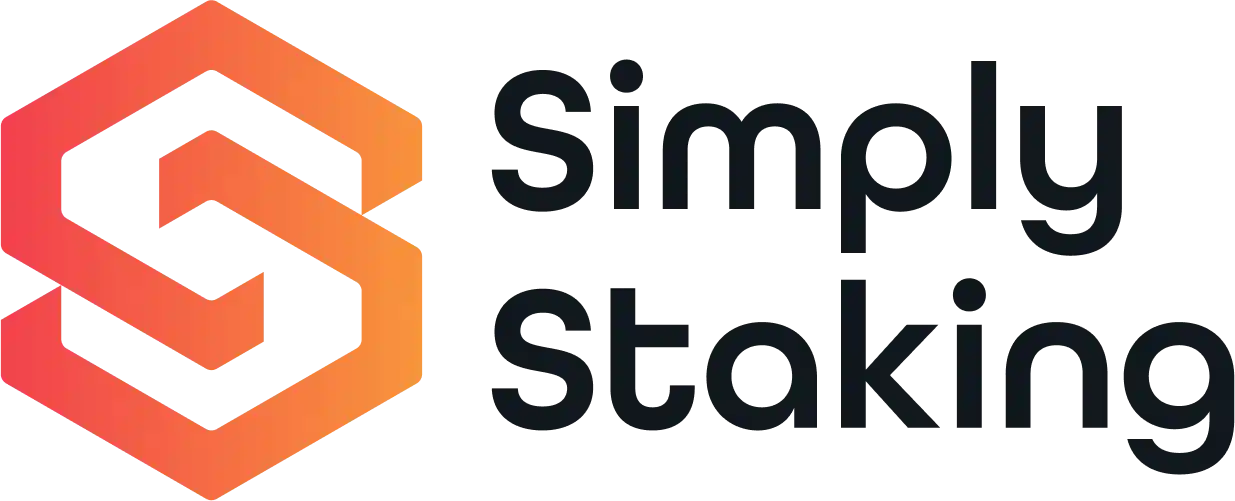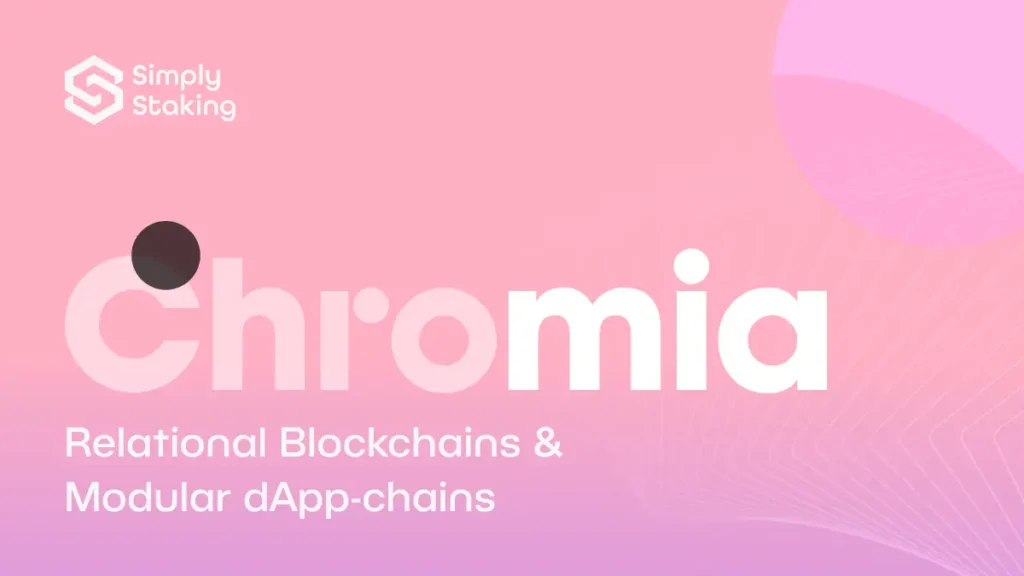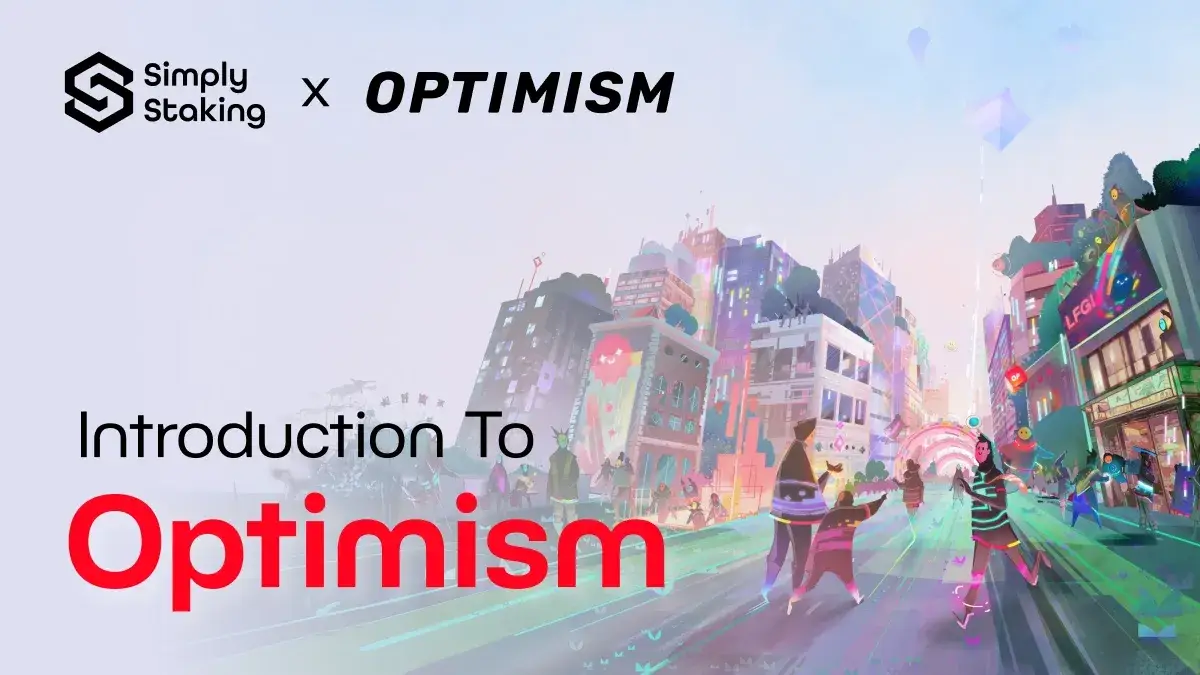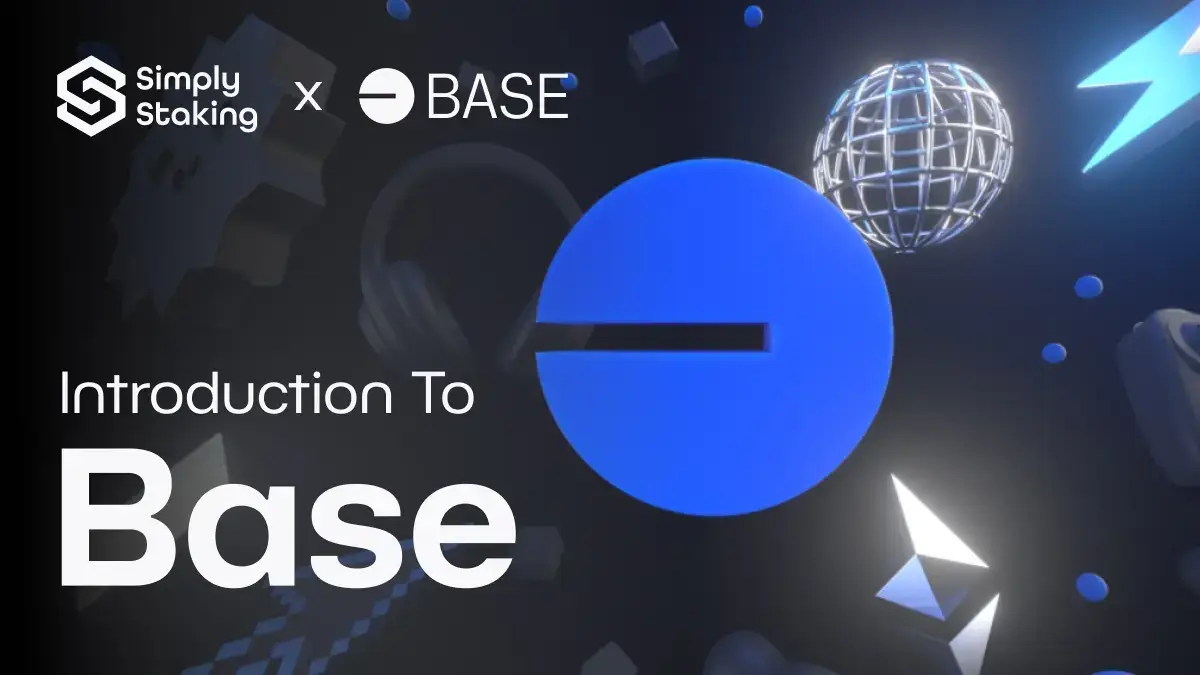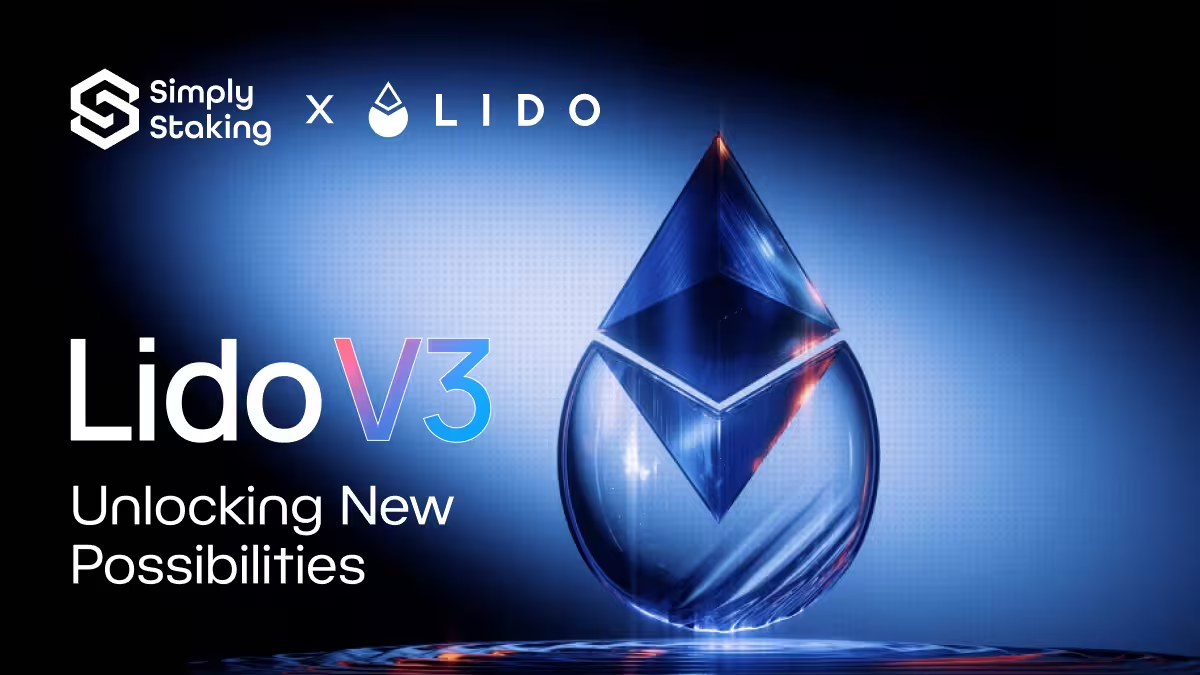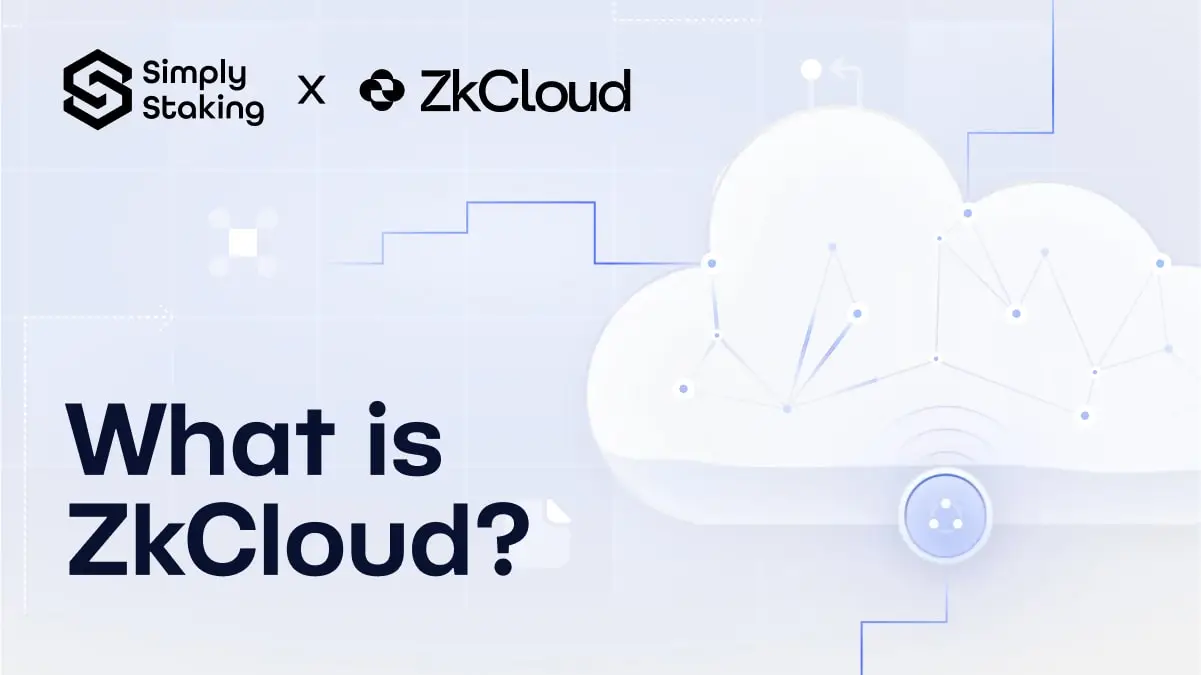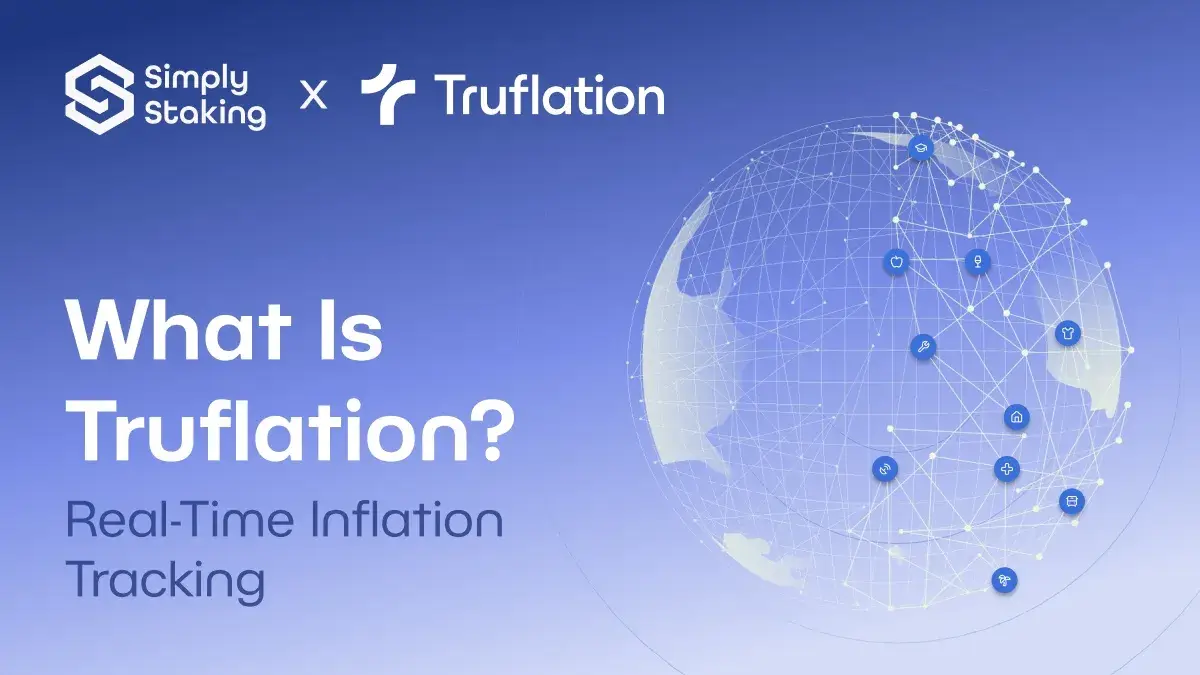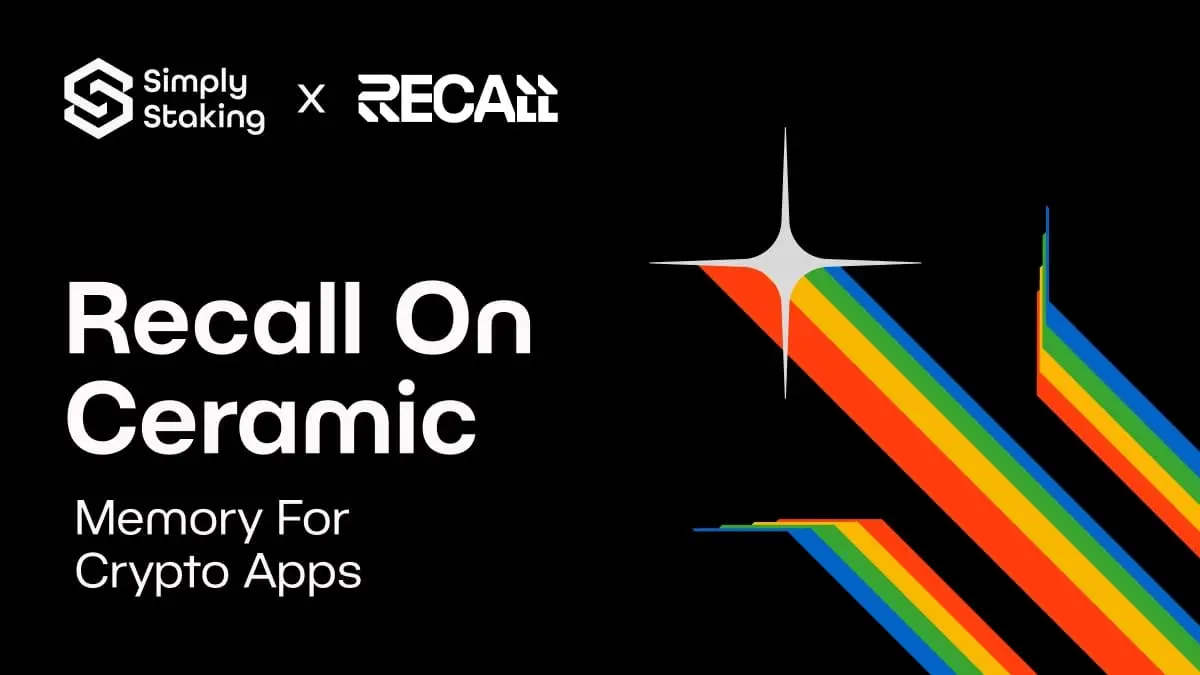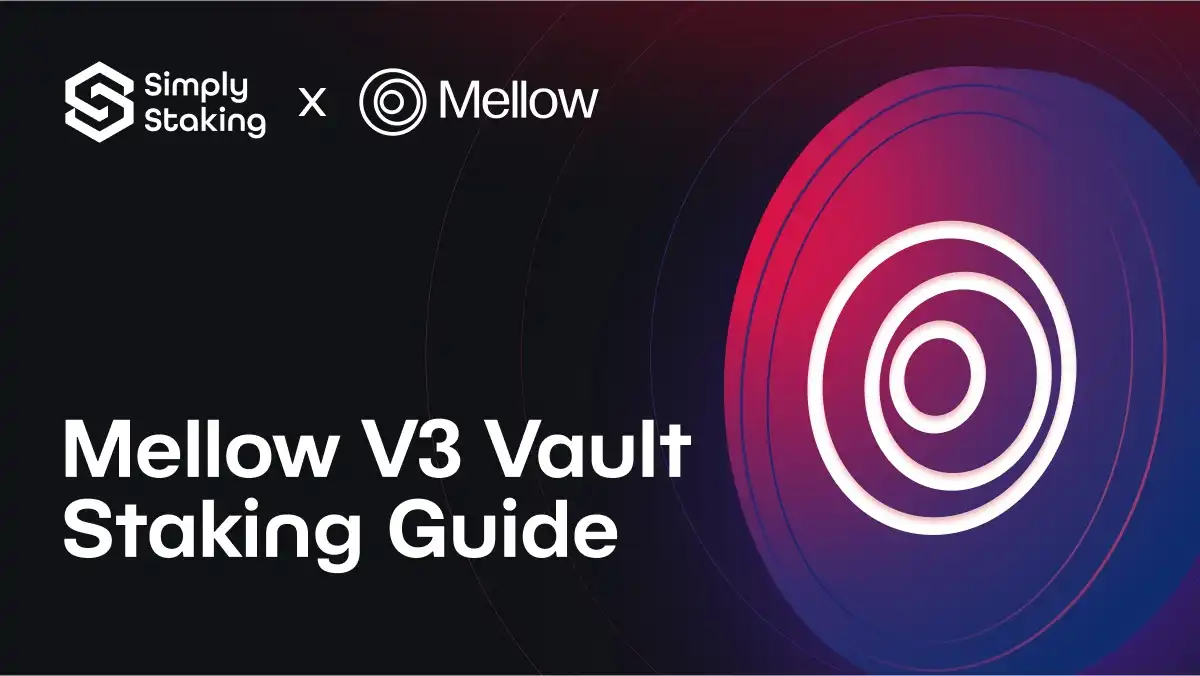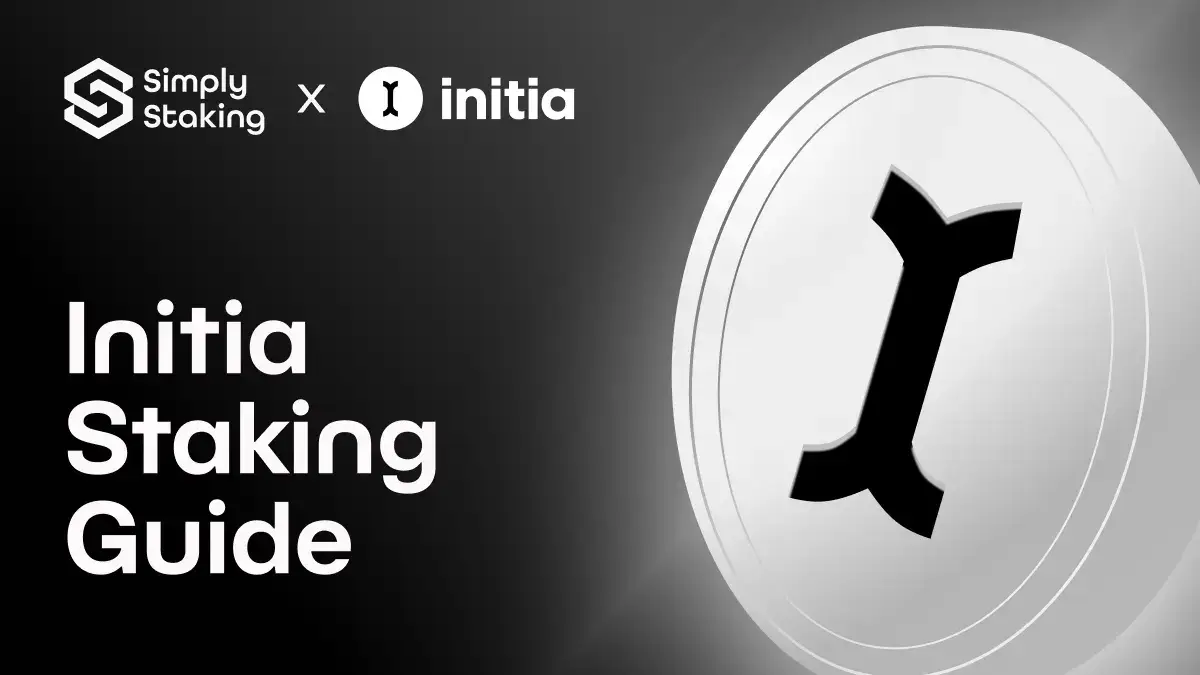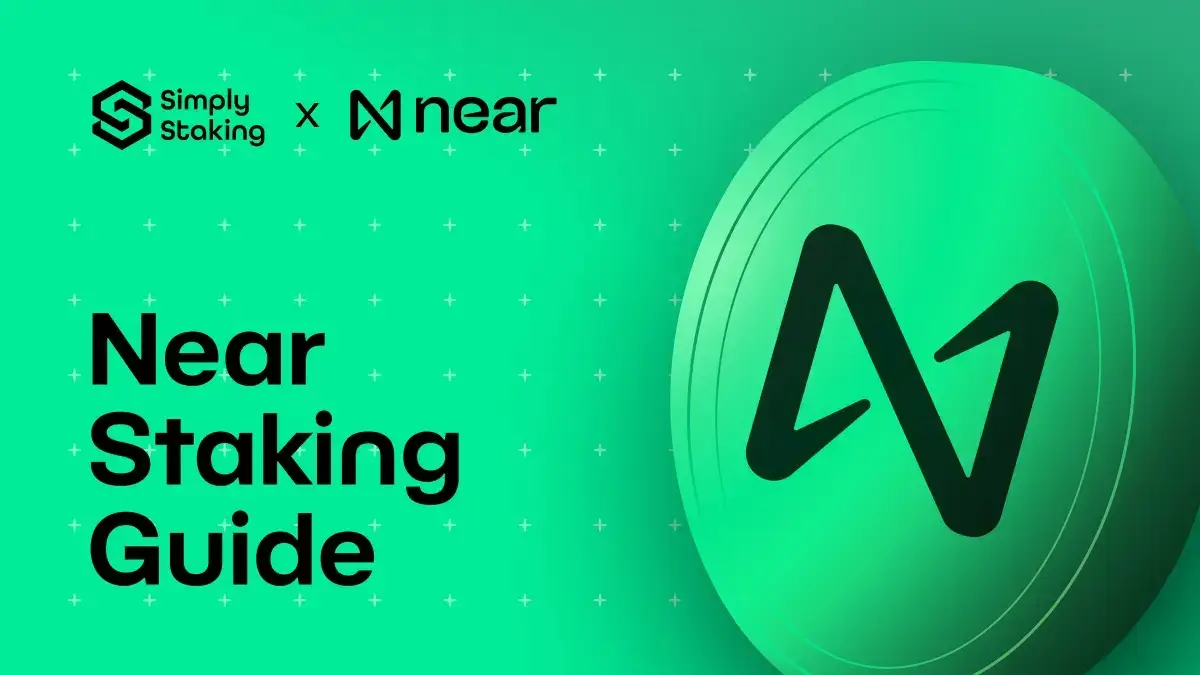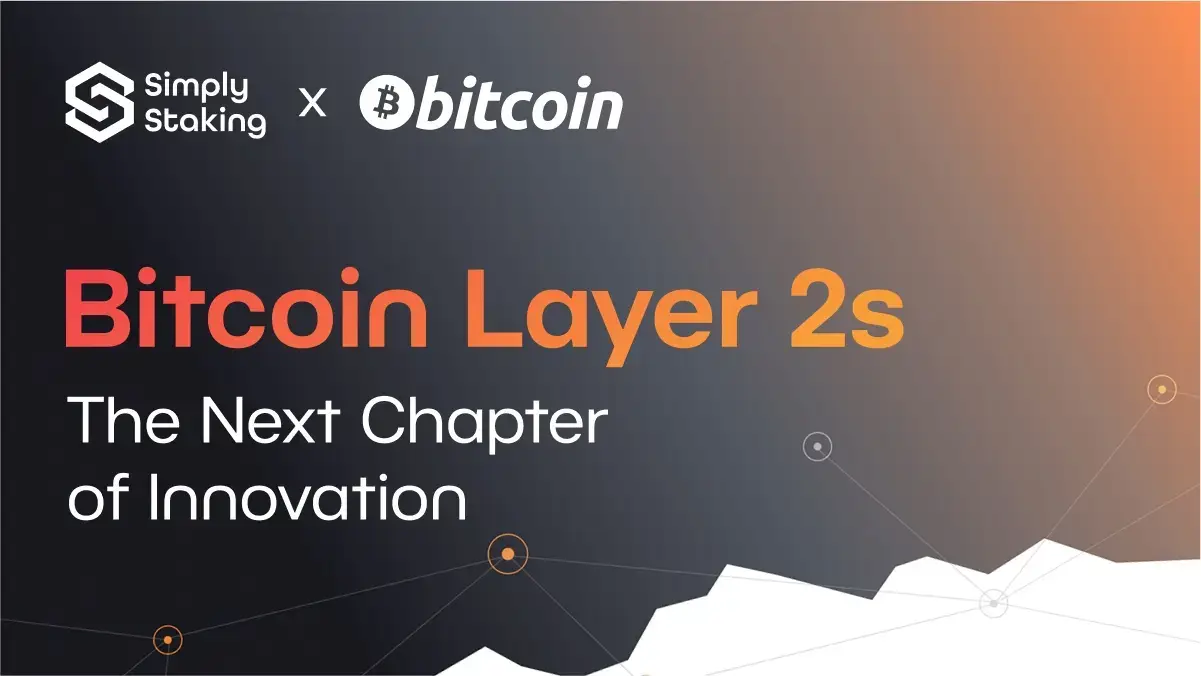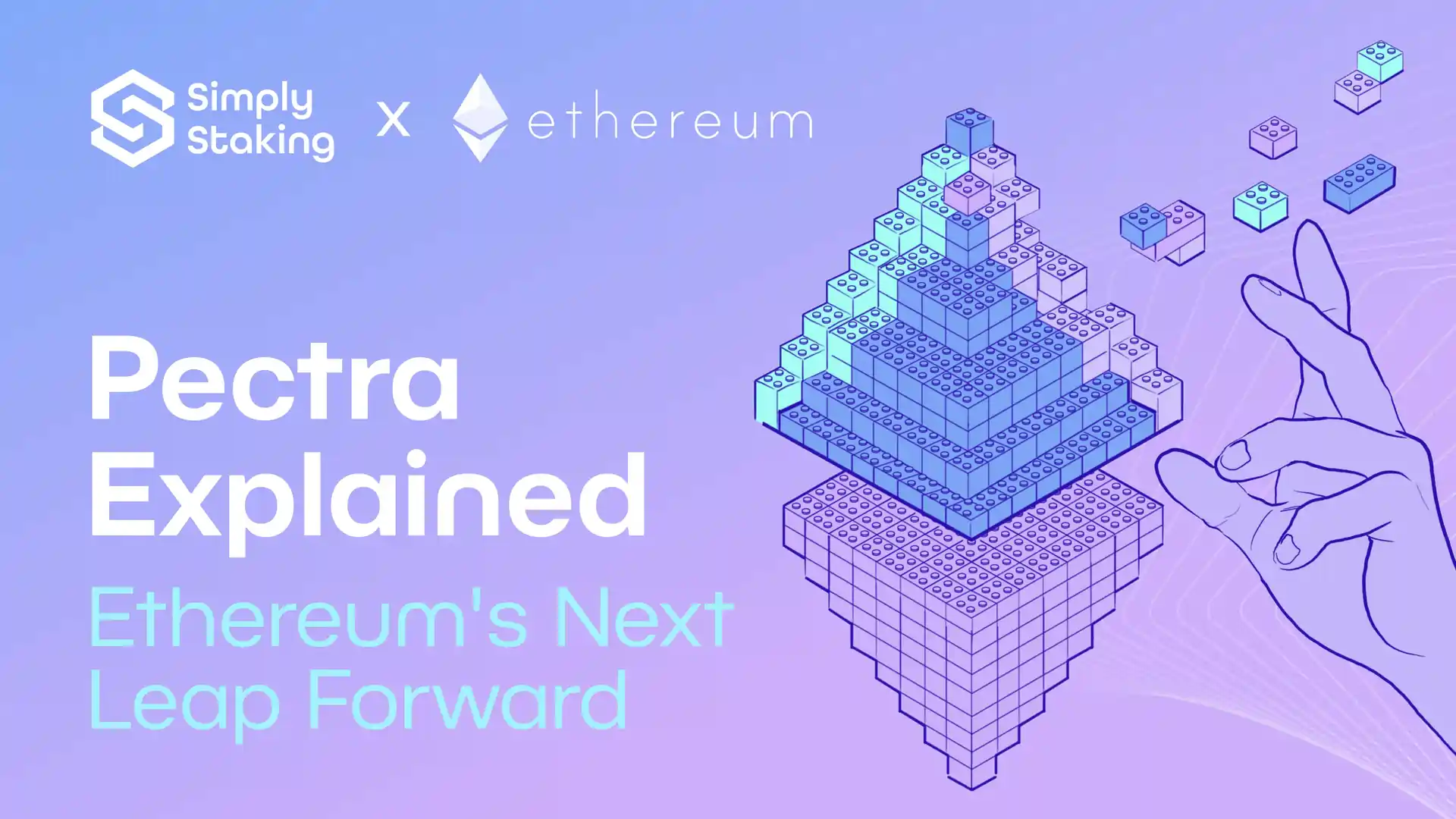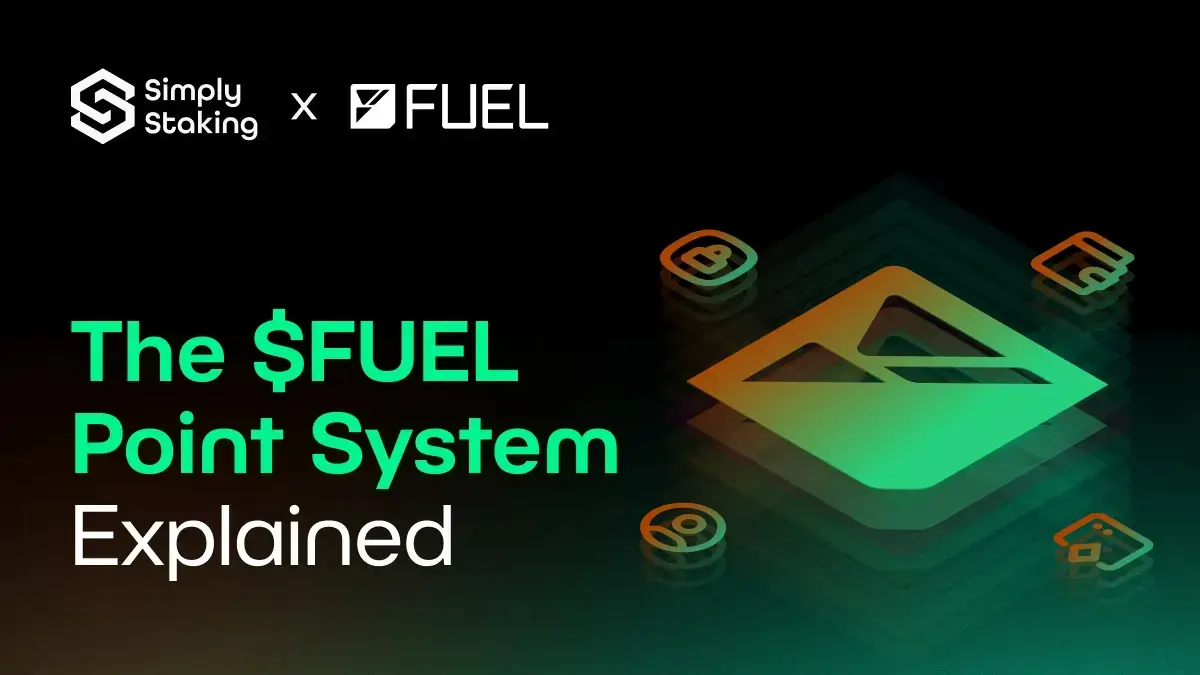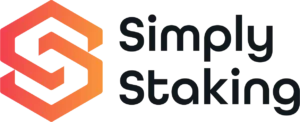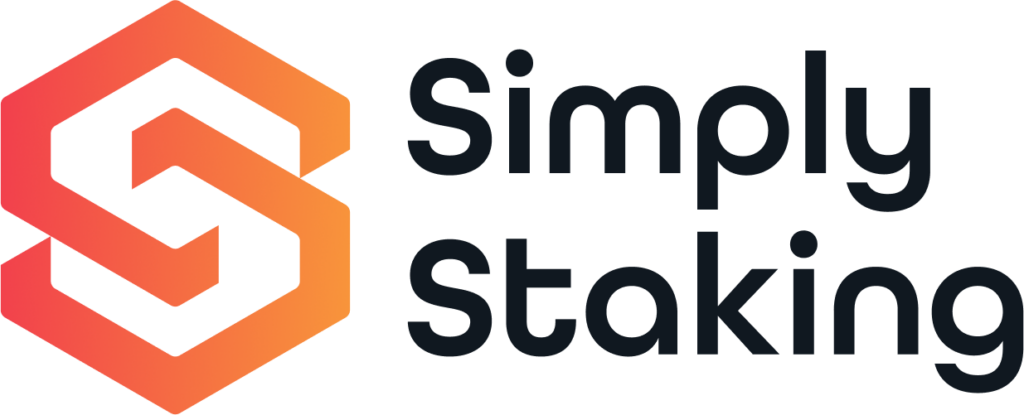Introduction To Chromia
This article provides an overview of Chromia, a base-layer blockchain that integrates relational database technology to offer enhanced scalability and efficient data management for developers looking to build scalable decentralised applications (dApps). We will explore the key features of Chromia as well as the benefits it aims to bring to dApp-chain development, including two use-case spotlights in the gaming sector.
What is Chromia?
In short, Chromia is a decentralised base-layer blockchain and network of core system chains that together serve as a shared relational database and general-purpose platform for building highly functional, scalable, and data-complex dApps with strong input/output performance. At its core, Chromia combines the benefits of blockchain technology with the versatility of relational databases, enabling it to serve as both a database as well as a processing infrastructure layer, creating a unique framework that enables high-level data management and complex transaction processing across various applications.
This dual capability makes it particularly suited for applications that require complex data interactions and high transaction throughput, which are common in sectors like gaming, finance, and logistics. By allowing developers to structure and query data in a manner akin to conventional databases, Chromia aims to make it easier to build next-generation dApps. In attempting to summarise Chromia, three features stick out in particular:
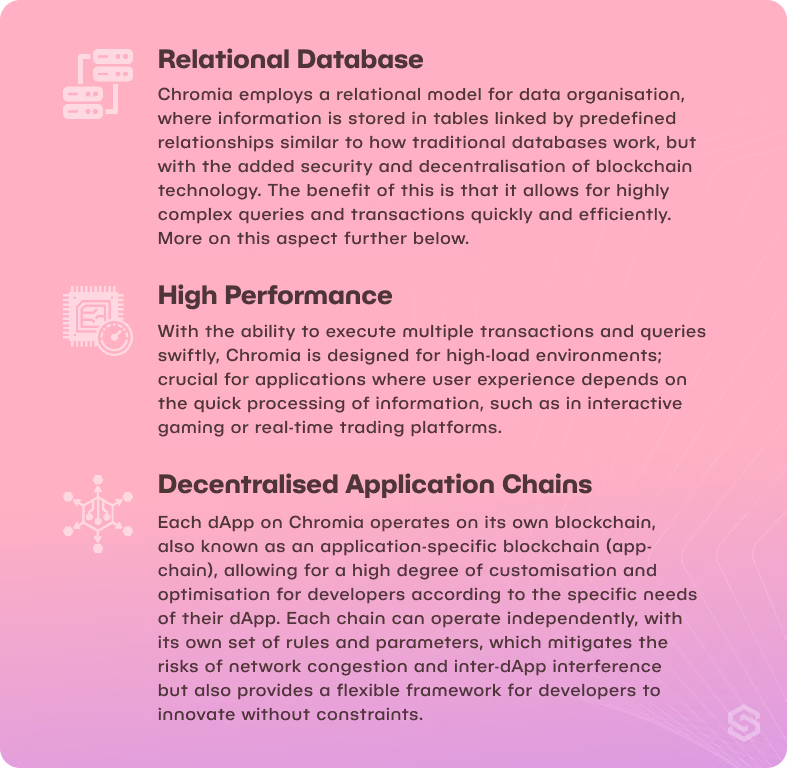
The Technology Behind Chromia: Enhancing Blockchain with Relational Databases
Chromia distinguishes itself from other networks by its unique integration of relational database capabilities within its blockchain infrastructure; intended to address common bottlenecks in traditional, monolithic blockchains, such as scalability issues and inefficient data handling. This section will give a rough overview of the key technological components that underlie Chromia.
Relational Blockchain Architecture
Unlike conventional blockchains that utilise a simple key-value storage model, Chromia incorporates a relational database structure that allows for storing, manipulating, and retrieving data in a relational manner similar to traditional databases. The resulting benefit is that it enables complex queries and operations that are typically challenging to perform on standard blockchains.
By using such a relational model, Chromia can facilitate efficient data queries directly on the blockchain, particularly beneficial for dApps that require complex data interactions and real-time analytics while still maintaining high performance for a smooth user experience.
Postchain: The Core Technology
Central to Chromia is also Postchain, a blockchain-oriented database management system that blends blockchain security with database management capabilities. It supports query functionality, enabling developers to use familiar database operations while benefiting from the immutable and decentralised nature of blockchain technology.
Postchain allows for the creation of dApps on individual chains within the Chromia network; chains that are highly interoperable, capable of communicating and transacting with one another without compromising on performance, thereby supporting a scalable multi-chain ecosystem.
Rell Programming Language
Chromia introduces Rell, a custom programming language designed to synergise with its relational database architecture. Rell simplifies blockchain development, making it accessible to developers with traditional database experience and reducing the learning curve associated with blockchain programming.
Rell’s design emphasises efficiency and scalability, enabling developers to write concise and powerful code for complex applications that require frequent and intensive data operations.
Horizontal Scalability Through Cluster Nodes
To address the scalability challenges common in monolithic blockchains, Chromia utilises a clustered node architecture that allows the system to distribute workload across multiple nodes efficiently, ensuring that the increase in application load does not detrimentally affect system performance.
Chromia’s architecture supports dynamic addition of nodes to the network, which facilitates horizontal scaling as demand increases. Put differently, Chromia will be able to grow its capacity as needed without significant reconfigurations, maintaining high performance and low latency across its applications.
Advanced Consensus Mechanism
Chromia employs a Byzantine Fault Tolerant (BFT) consensus mechanism that is optimised for its relational data structure and designed for quick transaction confirmations and robust security, even in the presence of faulty or malicious nodes—making it ideal for enterprise-level applications requiring reliable and uninterrupted service.
System Chains for Core Network Functions
Alongside its dapp chains, Chromia features system chains that handle crucial network-wide functions. This ensures these tasks are efficiently managed to support the overall stability and functionality of the network.
- Directory Chain: Maintains records of all providers, nodes, application blockchains, and their validators, orchestrating overall system operations.
- Economy Chain: Manages container leases and serves as a ‘home chain’ for CHR tokens on the Chromia Network.
- Anchor Chain: Enhances security by recording block hashes to Ethereum to defend against partial node attacks and ensure integrity.
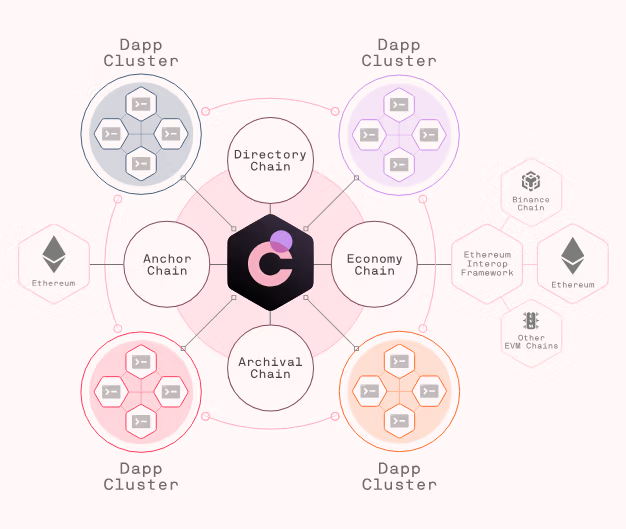
Through these tech features, Chromia seeks to bridge the gap between traditional database management systems and blockchain technology, offering a platform that is not only scalable and efficient but also robust and versatile. As already noted, this makes Chromia an attractive solution for developers looking to build complex, data-driven applications across a variety of sectors.
Benefits of Chromia
Following the technological architecture above, what does Chromia bring more specifically to the table in terms of outcomes? Below we highlight some of the key benefits that Chromia can bring to enhance the efficiency and scalability of decentralised applications.
Superior Data Handling and Management
Having a relational database framework directly on the blockchain allows for structured data storage and sophisticated querying, which in turn can facilitate complex data manipulations, analytics, as well as rapid data retrieval and updates. Such features are particularly beneficial for interactive applications requiring intricate data relationships, such as dynamic gaming platforms and advanced financial services.
Enhanced Scalability and Performance
With independent app-chains operating their own blockchains, Chromia enables horizontal and tailored scaling of resources where applications can maintain high throughput even under intense demand. Furthermore, it also means that Chromia has room to onboard additional app-chains without issue as demand increases more effectively and flexibly than traditional vertical scaling methods.
Flexible and Economical Resource Usage
Given the above mentioned flexibility, developers can customise resource usage and transaction fees to suit the specific needs of their applications, which diverges from the rigid cost structures of traditional blockchains. For example, by isolating transactions and data processing to individual app-chains, Chromia minimises the overhead and cost of operations, offering economic benefits to both developers and users through lower fees and enhanced efficiency.
Developer-Friendly Tools and Environment
Tailored for blockchain and database operations, Rell aims to reduce the barrier to entry for developers familiar with languages like JavaScript and Kotlin, and in turn, enhance productivity through its intuitive syntax and powerful data handling capabilities. To support this vision, Chromia provides extensive documentation and robust tools that facilitate easy development, testing, and deployment of dApps, helping to lower development time and costs.
Robust Security and Decentralisation
The independence of Chromia’s app-chains not only boosts performance but also fortifies security by isolating applications from wider network issues and preventing cascading failures across the ecosystem. Each app-chain can, furthermore, implement its own consensus mechanism suited to its specific needs, enhancing both security and performance without being bound by the limitations of a one-size-fits-all solution.
Key Use Cases of Chromia
And so, where does that leave us in terms of use-cases? Chromia’s advanced relational blockchain framework and robust data and summarise why, with a special emphasis on gaming with My Neighbor Alice and digital collectibles with VfB Stuttgart Digital Marketplace.
Gaming
Decentralised Gaming Platforms: Chromia’s ability to handle complex and dynamic data sets is ideal for developing decentralised gaming platforms. The relational database structure allows game developers to store game states, player data, and in-game assets directly on the blockchain, enabling true ownership of in-game items and facilitating real-world trading on decentralised markets.
Enhanced Gaming Experience: Chromia supports fast client load times, quick updates and confirmations, crucial for interactive and real-time gaming experiences. Advanced query capabilities ensure that relevant game states and data can be transferred to the client quickly with minimal wait times.
High Throughput and Scalability: With the capacity for high transaction throughput and low latency, Chromia is well-suited for multiplayer games that require frequent and rapid updates. The platform’s ability to scale horizontally means it can support games with large numbers of simultaneous players without degradation in performance.
Use-Case Spotlight: My Neighbor Alice
My Neighbor Alice is a multiplayer building game that merges narrative-driven gameplay with blockchain-powered functionalities, catering to both casual gamers and crypto enthusiasts. The game allows players to own virtual islands and interact in a dynamic world using customisable avatars and various in-game items, all represented as NFTs.

Chromia plays a crucial role in My Neighbor Alice by supporting its backend functionalities:
- Hybrid NFTs: In-game assets such as land parcels, items, and avatars are represented by NFTs that exist on Ethereum or Binance Smart Chain for trading purposes. Simultaneously, these assets have a corresponding “Chromia Original NFT” that lives on Chromia’s blockchain which allows for advanced metadata management and rich interaction within the game, beyond traditional trading.
- Serverless Gameplay: Utilising Chromia’s relational blockchain means that all game logic, including player progress and asset ownership, is decentralised and managed on-chain; ensuring transparency and security while eliminating the need for centralised servers.
- Fee Flexibility: Chromia’s blockchain architecture provides My Neighbor Alice with a flexible fee structure and efficient transactions. In fact, the game absorbs these costs, allowing players to participate without needing to buy or hold cryptocurrency—simplifying access for those new to blockchain gaming by promoting a seamless introduction and onboarding.
Digital Collectibles
Use-Case Spotlight: VfB Stuttgart Digital Collectibles Marketplace
VfB Stuttgart’s Digital Collectibles Marketplace allows fans of the team to collect player cards and interact with special promotions surrounding the team. Interaction is streamlined by offering users gas free transactions and abstracting blockchain elements to offer a more traditional user experience. Digital collectibles images and data are stored fully on-chain, using Chromia Filechain and Filehub utilities.

Chromia’s design facilitates several key aspects of the application:
- Fee Flexibility: Users can begin using the marketplace without holding cryptocurrency or interacting with a cryptocurrency wallet, making it easier to onboard.
- On-Chain Storage: Storing files and data associated with the collectibles on-chain ensures full decentralisation.
- Scalability and Performance: Chromia’s architecture allows the marketplace to perform transactions and interactions swiftly and reliably, essential for engagement from casual users.
Conclusion
In conclusion, Chromia presents an interesting, up-and-coming blockchain for developing decentralised applications that require efficient data management and high transaction throughput. By integrating the functionalities of relational databases with blockchain technology, Chromia offers a unique architectural framework that promises to enhance data interaction and scalability. The use of independent dApp-specific blockchains further enables tailored scalability and performance optimisation, and developers are provided with a range of tools and features to do so: including the Rell programming language and flexible transaction fee models, which simplify the development process and enhance the viability of deploying enterprise-level dApps. In this article, we’ve given two examples of such dApps, and look forward to what the future holds for Chromia.

